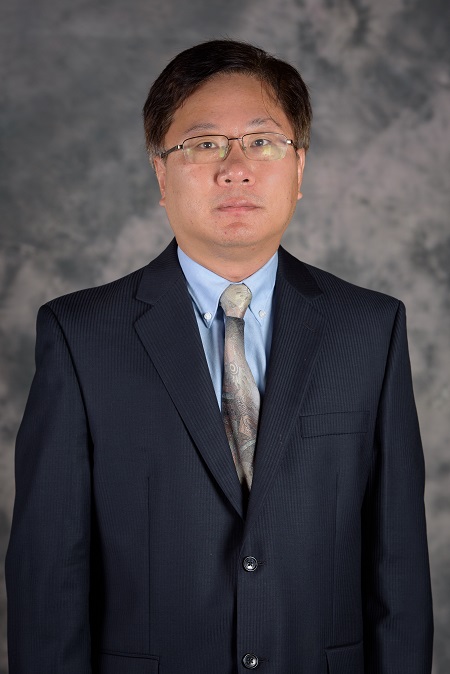
Speaker: Jian Luo
Affiliation: Materials Science and Engineering, University of California, San Diego
Development of Interfacial “Phase” Diagrams to Decipher the Materials Genome
A piece of ice melts at 0 °C, but a nanometer-thick surface layer of the ice can melt at tens of degrees below zero. This phenomenon, known as “premelting,” was first recognized by the physicist Michael Faraday. Materials scientists have discovered that interfaces in engineered materials can exhibit more complex phase-like behaviors at high temperatures, which can affect the fabrication and properties of a broad range of metallic alloys and ceramic materials. Specifically, recent studies of 2-D grain-boundary (GB) phases (also called “complexions”) shed light on several long-standing mysteries in materials science, including the origins and atomic-level mechanisms of activated sintering and liquid metal embrittlement. Recently, we have also successfully stabilized nanocrystalline alloys at high temperatures (>1000°C) using high-entropy GB complexions. Analogous 2-D surface phases have also been studied and utilized to improve the performance of various functional ceramics for energy-related applications, including batteries, supercapacitors, photocatalysts, and oxygen-ion conductors. Since bulk phase diagrams are one of the most useful tools for materials design, it is conceived that interfacial “phase” diagrams can be developed as a useful materials science tool.
If time permits, I will also very briefly discuss our other on-going studies on (a) flash sintering, where we recently invented a “water-assisted flash sintering” method to flash ZnO (Tm » 1975 °C) at room temperature to subsequently sinter it to ~98% density in ~30 seconds (without any external furnace heating) and (b) fabrication of new classes of high-entropy ceramics, e.g., (Hf0.2Zr0.2Ta0.2Nb0.2Ti0.2)B2 ultra-high-temperature ceramics and Sr(Zr0.2Sn0.2Ti0.2Hf0.2Mn0.2)O3 functional perovskites.
About the Speaker
Jian Luo graduated from Tsinghua University with dual Bachelor’s degrees. After receiving his Ph.D. degree from M.I.T. in 2001, Luo worked in the industry for more than two years with Lucent Technologies Bell Laboratories and OFS/Fitel. In 2003, he joined the Clemson faculty, where he served as an Assistant/Associate/Full Professor of Materials Science and Engineering. In 2013, he moved to UCSD as a Professor of NanoEngineering and Professor of Materials Science and Engineering. He received a National Science Foundation CAREER award in 2005 (from the Ceramics program) and an Air Force Office of Scientific Re-search Young Investigator award in 2007 (from the Metallic Materials program). Professor Luo is a Vannevar Bush Fellow (formerly known as National Security Science and Engineering Faculty Fellow) and a Fellow of the American Ceramic Society.
Date/Time:
Date(s) - Oct 27, 2017
10:30 am - 12:00 pm
Location:
2101 Engineering V
420 Westwood Plaza Los Angeles CA 90095
